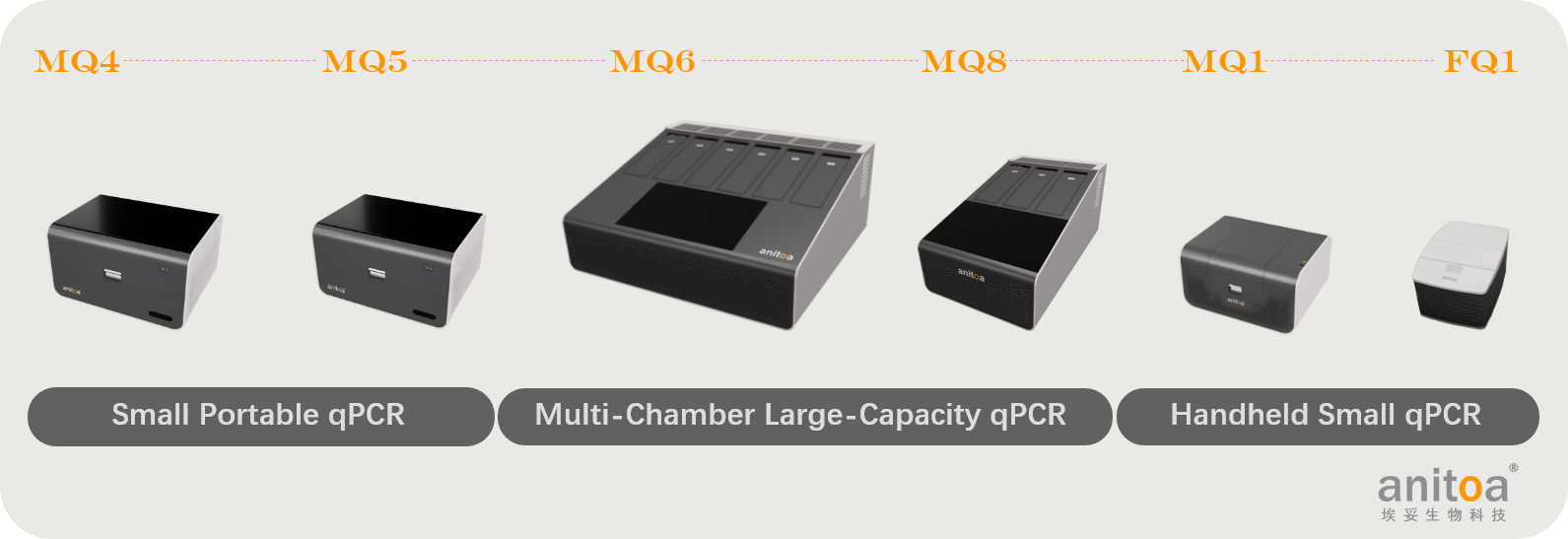Comparing and contrasting qPCR with other molecular diagnostic techniques, such as CRISPR or NGS
Molecular diagnostic techniques have revolutionized the field of healthcare by providing accurate, sensitive, and specific detection of various diseases. Among these techniques, qPCR is one of the most widely used methods for the detection and quantification of nucleic acids. However, in recent years, other molecular diagnostic techniques such as CRISPR and NGS have emerged, offering new opportunities for disease detection and diagnosis. In this article, we will compare and contrast qPCR with CRISPR and NGS to understand their similarities, differences, and potential applications in clinical settings.
qPCR vs. CRISPR
While CRISPR and qPCR are both molecular biology techniques used for genetic analysis, they have different applications and mechanisms. CRISPR is used for gene editing and manipulation, while qPCR is used for the detection and quantification of nucleic acids. However, these two techniques can be used in combination to achieve precise genetic analysis and manipulation. For example, qPCR can be used to detect and quantify specific DNA sequences, which can then be targeted by CRISPR for editing or manipulation.
In summary, CRISPR and qPCR are powerful molecular biology tools with different applications and mechanisms. While CRISPR is used for gene editing and manipulation, qPCR is used for the detection and quantification of nucleic acids. However, these two techniques can be used in combination to achieve precise genetic analysis and manipulation.
qPCR vs. NGS
NGS is a powerful molecular diagnostic technique that can sequence millions of DNA or RNA fragments simultaneously, providing a comprehensive analysis of the sample's genetic makeup. Compared to qPCR, NGS has the advantage of detecting multiple pathogens or mutations in a single sample, which makes it useful for rare or complex diseases. However, NGS is more expensive, time-consuming, and requires more complex bioinformatics analysis, while qPCR is faster, cheaper, and easier to interpret.
qPCR also can be used in combination with NGS to validate and quantify specific genetic variants or gene expression levels. For example, qPCR can be used to validate and quantify the expression levels of genes identified by NGS. Additionally, qPCR can be used to validate genetic variants identified by NGS, as NGS has a higher error rate than qPCR.
Applications in Clinical Settings
qPCR, CRISPR, and NGS have different applications and strengths in clinical settings. qPCR is widely used for the detection and quantification of pathogens, genetic mutations, and gene expression, making it a valuable tool for diagnosis, monitoring, and research. CRISPR has the potential to revolutionize gene therapy and personalized medicine by precisely editing or correcting genetic defects. NGS has the advantage of providing a comprehensive genetic analysis of the sample, which can inform the diagnosis, treatment, and prognosis of complex diseases.
Conclusion
In conclusion, molecular diagnostic techniques such as qPCR, CRISPR, and NGS offer new opportunities for disease detection and diagnosis, but each has its own strengths, limitations, and applications. Depending on the clinical question, sample type, and resources available, different techniques may be more suitable than others. At Anitoa, we are committed to developing innovative qPCR instruments and reagents that can improve the accuracy, sensitivity, and speed of molecular diagnostics. If you are interested in learning more about our products and services, please visit our website or contact us directly.
